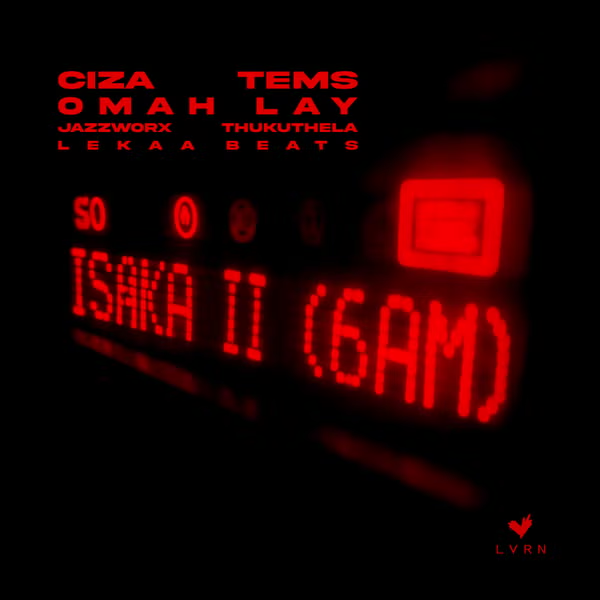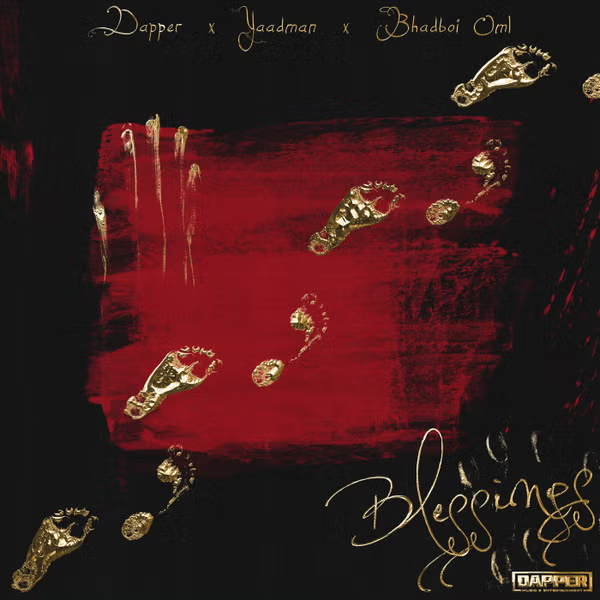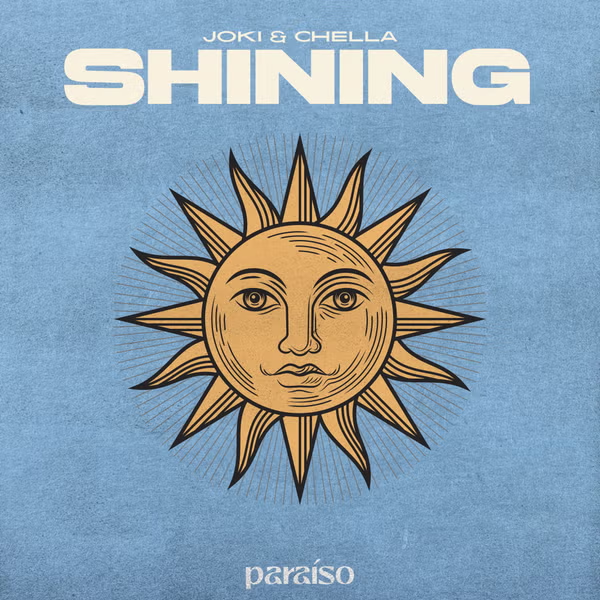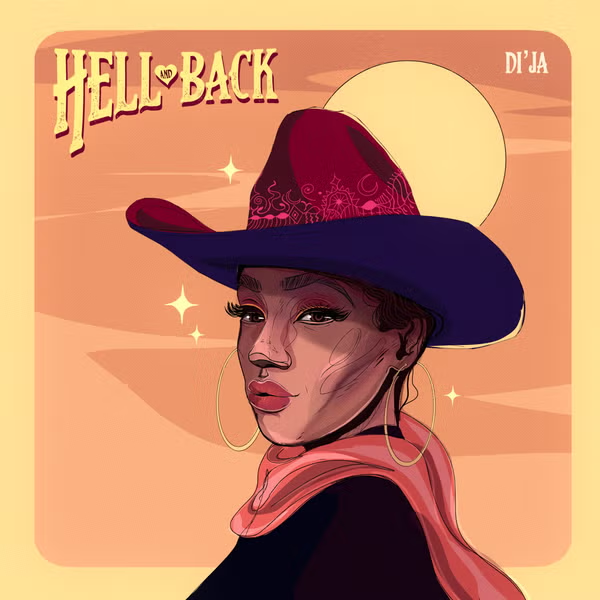The Sombrero Vueltiao is distinguished by its famous black and white colouring and monochromatic design; but what really makes it awesome is the way that it folds away to provide a practical solution for travellers, or just anyone who spends a lot of time outdoors. It folds away into such a compact size that it can be carried in a trouser, dress or jacket pocket, making it one of the most handy fashion accessories in the world. This traditional hat is made from a unique material called Gynerium Sagittatum, which is a tall grass that grows up to 20 feet high; it’s a flexible cane that can be braided and folded easily, and the more flexible your hat, the better quality it is deemed to be!
Today, most Colombians wear Western-style clothing. Urban professionals from the Andean interior tend toward conservative, dark-colored suits, while farmers and members of the lower classes prefer loose skirts or pants [source: Árquez and Roadfield]. Modern dress in Colombia’s coastal regions is a little more free-wheeling, with loose-fitting styles and bright colors or prints that reflect the region’s Caribbean influences.
During national festivals like the Carnaval de Barranquilla however, Colombia’s traditional fashions take center stage. La Pollera Colora (“brightly colored skirt”) is probably Colombia’s most well-known national costume for women. It consists of a vividly colored skirt paired with a matching, round-necked blouse, which bares (or partially reveals) the shoulders. Ruffles and lace line the neck and knee lines, and designs range from horizontal bands of brightly contrasting colors to intricate floral or native prints. For parades and performances, men don similar outfits — matching pants ruffled at the ankle, vivid capes and elaborate headdresses.
One piece of traditional Colombian clothing that’s still a common piece of everyday wear, especially in the cooler Andean regions, is the ruana (cape.) Something like a cross between a shawl and a Mexican poncho, the Colombian ruana is a wide swath of cloth wrapped around both shoulders, or wrapped around one shoulder and loosely draped over the other. Colombian farmers and tradesmen of both genders wear ruanas made of primitive, undyed wool. Andean city folk attire themselves in highly fashionable ruanas in any number of styles and fabrics.
Another traditional Colombian fashion still favored by Colombian men today is the sombrero vueltiao. Originally a rustic headpiece worn by peasants, today the sombrero vueltiao is one of Colombia’s national symbols. The term sombrero vueltiao loosely translates as “turned hat.” Handcrafted out of natural palm fibers using a traditional Zenú technique, these sombreros can be beautiful pieces of textile art, depicting religious scenes or everyday activities like hunting and fishing
The sombrero vueltiao, as well as many traditional Colombian textiles, are on display at the Museo de Trajes Regionales de Colombia (Museum of Regional Colombian Costumes) in Bogotá. However, Colombia’s endlessly colorful festivals (which we mentioned above) are the best places to view traditional Colombian fashions, as well as to experience Colombian music and dance.
If Colombia’s traditional costumes reflect a blend of the country’s Amerindian, Spanish, Caribbean and African influences, the nation’s music is even more of a mixed bag. Colombia’s Andean region is home to more than 100 indigenous groups whose native music, used in rituals for healing and magic, has influenced many of Colombia’s traditional styles of music and dance. On the opposite side of the spectrum, cumbia, a style of music and dance that is widely heralded as a national tradition, originated as a courtship dance meant to mimic Colombia’s Spanish colonizers .
Andean music and dance: One of the predominant styles of music in the Andean region is bambuco, which sounds a little like Spanish guitar music but can incorporate rhythmic elements rooted in the currulao music of Colombia’s Pacific coast [source: Varney]. Bambuco is also performed as a couples’ dance, which is something like a sensual waltz with moments of brief, delicate contact. The bambuco style of music is celebrated from June 22 to July 2 every year during the Bambuco National Folk Festival.
Colombian Atlantic music and dance: Cumbia, which is probably Colombia’s most well-known and most popular traditional music style, originated during the Spanish colonial period. African drums and Indian flutes dominate the sound [source: Mauleon]. Cumbia is so celebrated in Colombia that a monument to this style of music and dance has been erected in the town of El Banco.
Colombian Pacific Music and Dance: Heavily influenced by the music of Africa, currulao is played with folk instruments such as the marimba de chonta, the guasá (a hollow cylinder filled with light seeds) and the cununo drum. A lead singer voices the main melody and an answering choir responds.
As with bambuco and cumbia, currulao is a style of dance, as well as a style of music.
Other flavors of traditional Colombian music and dance include porro and vallenato (from Colombia’s Atlantic coast) and joropo from the Orinoquía region (llanos) of Colombia’s interior.





























